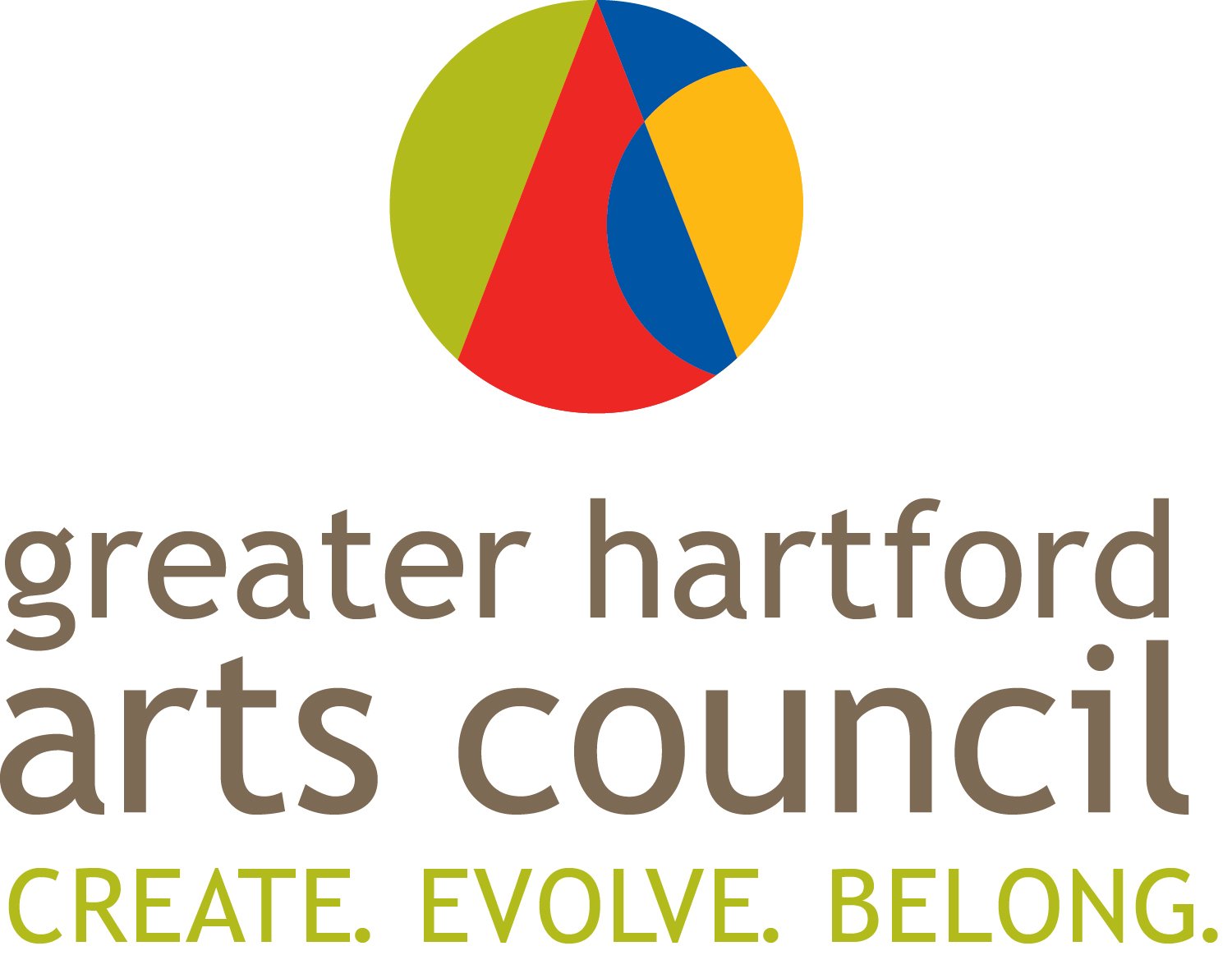Real People, Real Stories: RJ LaRussa and the Art of Visual Storytelling
Our first featured artist of 2022 is RJ LaRussa, a local cinematographer who has worked with local bands, artists and organizations, production crews, and his own work for the better part of the last decade.
As a high school student, LaRussa stuck with the point-and-shoot method of stationary cameras before realizing he could apply what he liked about photography to the moving picture. After majoring in film and working on his photography portfolio at University of Hartford, he got into cinematography driven by his passion for telling stories. As LaRussa became more connected to the local arts community through his student film work in college, he garnered a lot of support from local spaces.
“The Changed” (2021)
LaRussa has always been interested in work that is grounded in real people and real stories. His influences are a combination of documentary and narrative filmmakers, including Agnes Varda and Ken Loach. Both make minimalist films about working class people. He also appreciates the surreal yet also grounded work of Andre Tarkovsky. “Cinematography is an interesting job because you’re trusted to be a translator of a story for the audience,” LaRussa said in our interview last month. “[They’re] responsible for being a shepherd – bringing a story to the audience to understand it intuitively.” He explained that from our first experiences with media, we are trained to understand film language, and cinematographers communicate this language to us.
“BEIGE” (2022)
Some of his favorite recent work includes video collaborations with Real Art Ways and the Wadsworth Atheneum, and a web series produced by Ten out of Ten Productions. “Beige” is an autobiographical episodic story centered around comedian Rob Santos. “The way [Santos] talks about mental health transparently is a huge inspiration,” reported LaRussa after serving as the series’ cinematographer. Not only does Santos live and work in Hartford and beyond – the entire series was created and developed in Connecticut by an all-local cast, crew, and production team. LaRussa has been working with Ten out of Ten director Edward Soto and praised Soto’s work ethic and dedication to putting Connecticut on the map: “It’s great to see someone doing local work at such a high professional level.” “Beige” premiers later this year and is partially funded through a grant from Free Center’s Independent Artists Fund.
“I think art should make people feel curious…and want to discover more of what it’s trying to talk about.”
LaRussa also frequently works with musicians and visual artists. Prior to the pandemic he had worked on a music video for Queen Moo’s “Gooey Functions” and has been collaborating with Jelani Sei on a couple of music videos and an album’s worth of Spotify canvases for their upcoming release. A sample of his most recent work, “Through the Clear Blue Skies,” was published in Funnybone Records’ inaugural art and literary journal, “Import Sky.” Prior to the pandemic, LaRussa was working on a video and sculpture installation using research about post-9/11 CIA blacksites – prison facilities conducting covert operations – some that are otherwise unmarked or blurred on Google Earth. He realized much of this research could be done at home. The result is a series of 12 collages, each piece itself a collection of 15-20 Google Earth screenshots timestamped over the course of the past 20 years. In the final installation, viewers will be able to look through all of the images at once to see the entire story. Each piece also contains a set of GPS coordinates, keywords, and codes, thereby encouraging viewers to do their own research to learn more about this program. “I think art should make people feel curious…and want to discover more of what it’s trying to talk about.”
Jelani Sei, “Self Care” music video
As of now, LaRussa is still cautious about the work he takes – mostly remote work or projects with small crews. Thanks to film unions, he thinks the industry has done very well with Covid-19 protocols. For example, during a 2-week production in December 2020, all 30-40 people on set followed standard protocols and no one got sick. He’s optimistic for the creative sector in that if we continue to take precautions and not pretend the pandemic is over, artists and organizations can do our work safely.
“Through the Clear Blue Skies”
by: Dan Deutsch, Marketing and Communications Manager, GHAC




